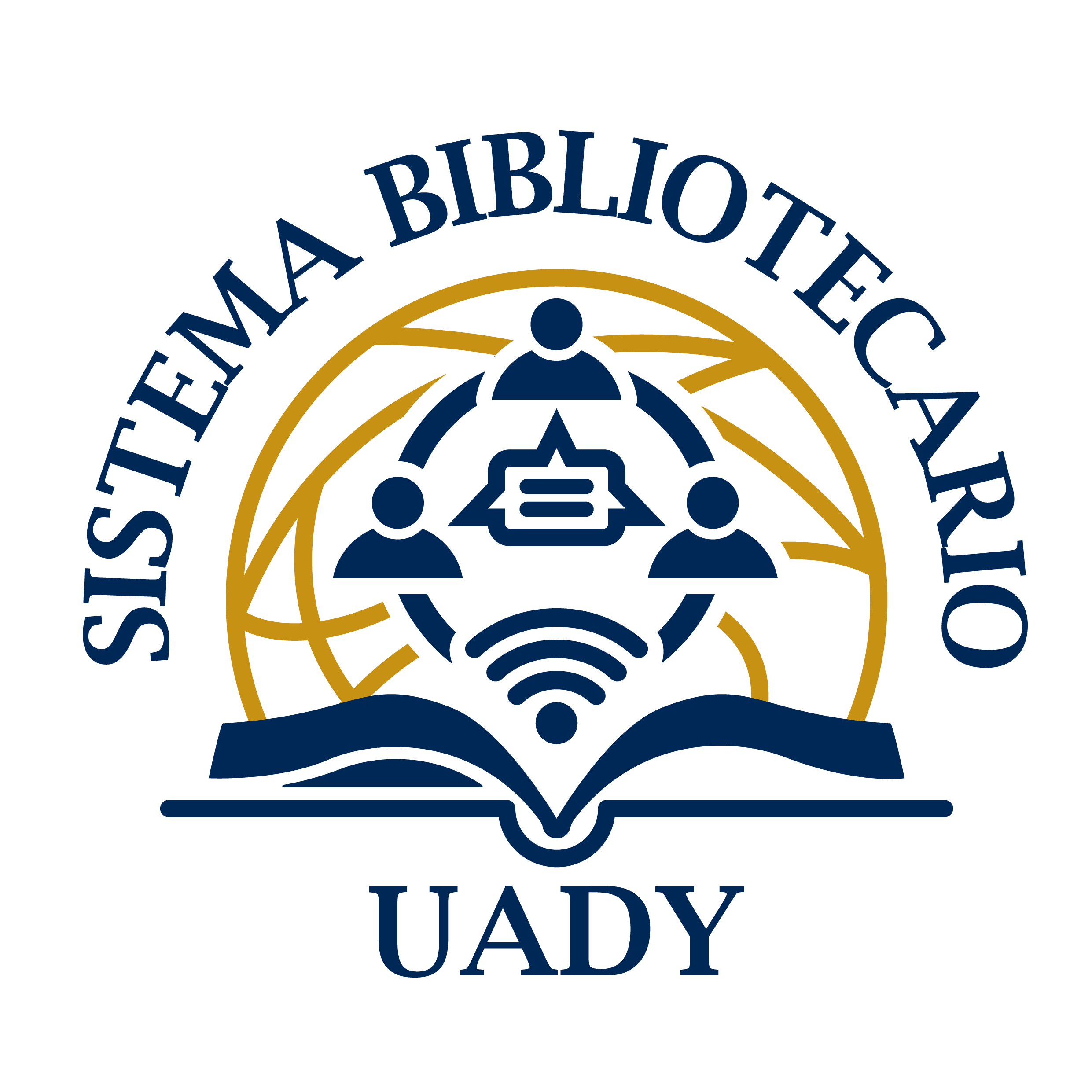The 2011 Japan Earthquake and Tsunami: Reconstruction and Restoration : Insights and Assessment after 5 Years / edited by Vicente Santiago-Fandiño, Shinji Sato, Norio Maki, Kanako Iuchi.
Tipo de material: TextoSeries Advances in Natural and Technological Hazards Research | | ; 47 | Advances in Natural and Technological Hazards Research | | ; 47Cham :Springer International Publishing :Imprint: Springer,2018Descripción: 1 recurso electrónico (XVI, 485 páginas); 196 ilustraciones, 139 ilustraciones en colorTipo de contenido:
TextoSeries Advances in Natural and Technological Hazards Research | | ; 47 | Advances in Natural and Technological Hazards Research | | ; 47Cham :Springer International Publishing :Imprint: Springer,2018Descripción: 1 recurso electrónico (XVI, 485 páginas); 196 ilustraciones, 139 ilustraciones en colorTipo de contenido: - texto
- computadoras
- recurso en línea
- 9783319586915
- 551
- 23
| Tipo de ítem | Biblioteca actual | Colección | Signatura topográfica | Estado | Fecha de vencimiento | Código de barras | |
|---|---|---|---|---|---|---|---|
| Libro Electrónico (LE) | Biblioteca Virtual | Colección Electrónica (CE) | Disponible | BIV0011288 |
Part I: Planning, Policy and Governance -- Chapter 1: Complexities and Difficulties Behind the Implementation (Onoda Yasuaki) -- Chapter 2: The Problems of Plan-Making (Fukuo Akimoto) -- Chapter 3: Building Back a Better Tohoku from the March 2011 Tsunami (Shingo Nagamatsu) -- Chapter 4: Creating Resilience using Spatial Planning (Nadine Mägdefrau) -- Chapter 5: Lessons Learned in Disaster Debris Management (Terri R Norton) -- Part II: Societal and Community Recovery -- Chapter 6: (Revisiting Tohoku?s Five-Year Recovery) -- Chapter 7: Enhancing Community Resilience through Capacity Development After GEJE (Aiko Sakurai) -- Chapter 8 Community Design in Recovery (Hideiki Koizumi) -- Chapter 9: Healthy Community Resilience (Shinichi Egawa) -- Part III: Urban Planning, Housing and Development -- Chapter 10: Planning Challenges for Housing and Built-Environment (Tamiyo Kondo) -- Chapter 11 -- Housing and Reconstruction Over Five Years after the 2011 (Yoshimitsu Shiozaki) -- Chapter 12: Changes in Land Use after the Great East Japan Earthquake (Michio Ubaura) -- Chapter 13: Housing Recovery and Displacement from Fukushima (Elizabeth Mali) -- Part IV: The Environment; Research, Damage and Recovery -- Chapter 14: Restoration Measures after the 2011 Tohoku-oki Tsunami -- Chapter 15: Impact of the Great East Japan Earthquake on the Seaweed (Tamaki Hitoshi) -- Chapter 16: Changes in the Coastal Ecotone along the Sanriku (Teruhisa Komatsu) -- Chapter 17: Reconstruction and Restoration after the Great East Japan Earthquake -- Chapter 18: The Coastal Environment and the Reconstruction Process after GEJE -- Part V: Farming and Restoration -- Chapter 19 -- Impact of the 2011 Tohoku-oki Earthquake Tsunami (Hitoshi Kanno) -- Chapter 20 -- The Regional Structure and Farming Resumption in a Tsunami-affected Community (Toshihiro Hattori) -- Chapter 21: Tohoku University Rapeseed Project for Restoring Tsunami-Salt-Damaged Farmland (Nakai Y) -- Part VI: Coastal Engineering, Structures and Hazards -- Chapter 22: The Yamamoto Coast over Five Years (Vo Cong Hoang) -- Chapter 23: Challenges in Reconstruction and Strategies for Prevention (Yoshimitsu Tajima) -- Chapter 24: Formation of Breaking Bores in Fukushima Prefecture due to the 2011 Tohoku (Sato Shinji) -- Chapter 25: The Role of Tsunami Engineering in Building Resilient Communities (Fumihiko Imamura) -- Part VII. Coastal Modelling and Hazards Prediction -- Chapter 26: Evolution of Numerical Modeling as a Tool for Predicting Tsunami-induced (Daisuke Sugawara) -- Chapter 27: Recent Process in Probabilistic Tsunami-Hazard Analysis (PTHA) for Mega-Thrust Subduction Earthquakes (Nobuhito Mori). .
This book covers the restoration and reconstruction process and activities undertaken in Japan in the first five years since the 2011 Earthquake and Tsunami ? a period widely considered to be the most intensive reconstruction phase within the 10-year restoration plan drawn up by the Japanese Government. The respective chapters explore technical, scientific, social and non-scientific (policy-related) aspects, including: reconstruction and restoration policies, infrastructure and designs for tsunami coastal defence, resilient urban areas and affected communities, housing and relocation schemes, disaster mitigation and evacuation measures, reactivation of the economy, revitalization of fisheries and coastal agriculture, and industry and tourism. The book also illustrates some of the achievements and failures in a broad range of projects and initiatives intended to address the above-mentioned issues, making it particularly relevant for experts, decision makers, students and other interested scholars.


